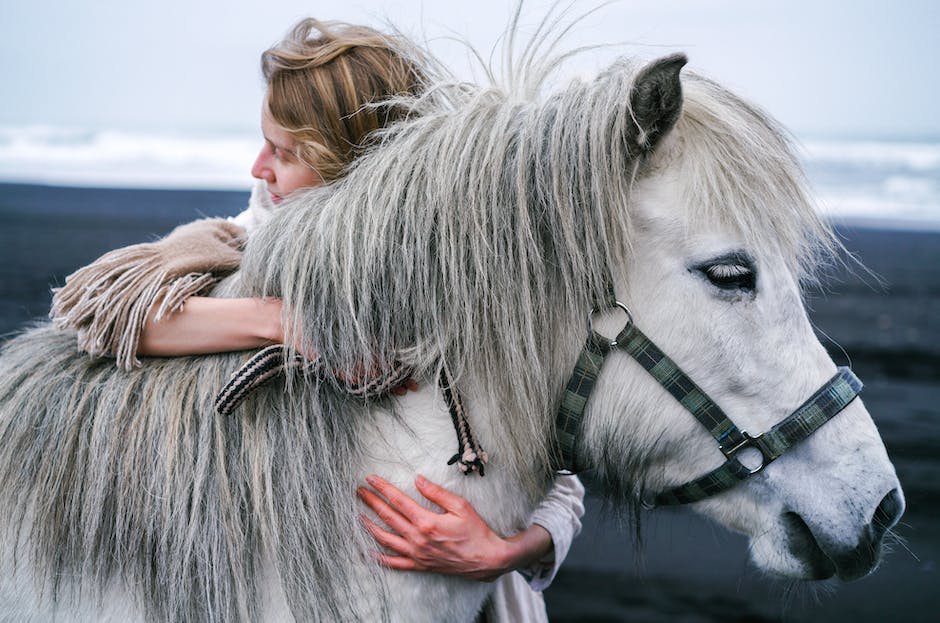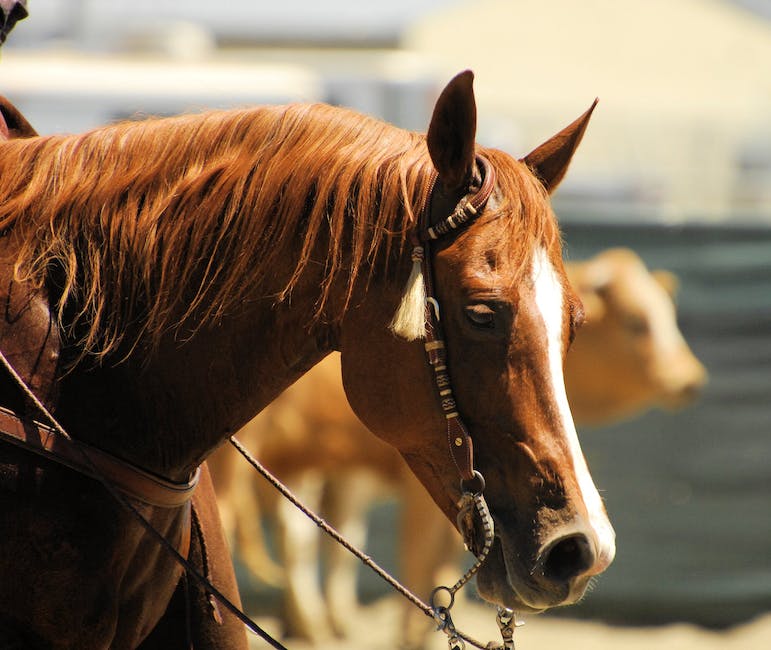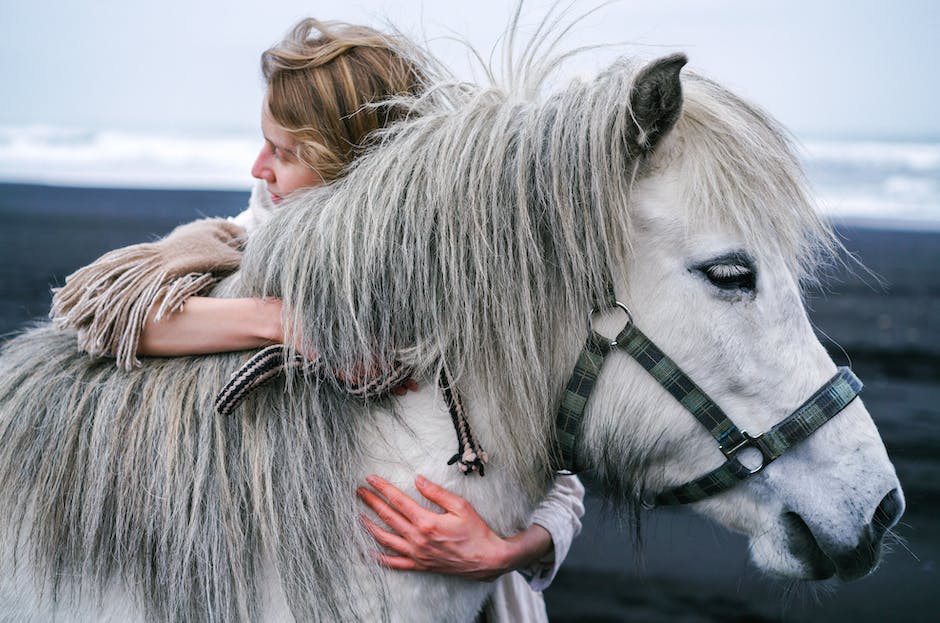Renowned for their endurance, athleticism, and composed demeanor, Russian Warmblood horses are remarkable creatures that require particular attention to their unique dietary needs. This complex regimen is influenced by myriad factors, including their distinct anatomical and physiological considerations, well-defined nutrient requirements, the impact of various dietary compounds and supplements, and the intricate strategies that must be employed when feeding them. A thorough understanding of the digestive system structure, metabolic rates, potential health concerns, and the breed’s specific nutritional necessities can help ensure these horses’ optimal health and outstanding performance. As we delve deep into these topics, we will gain an enriched understanding of this exceptional breed and the dietary practices that contribute to its overall health and longevity.
Table of Contents (Horspedia)
Anatomical and Physiological Considerations
The Russian Warmblood holds a distinguished position among the world’s equestrian breeds, rooted in its distinguished lineage and exceptional athletic abilities. However, exploring beyond its opulent mane and sinewy curves, one must delve into its anatomical and physiological characteristics to fully comprehend how they drive this breed’s dietary decisions.
Anatomically, the Russian Warmblood, much like its equine counterparts, depends upon a fairly unique digestive system, which greatly influences its feeding patterns. Their alimentary canal, an astonishingly long organ stretching approximately 100 feet, is comprised of a simple stomach followed by an incredibly intricate network of intestines. Unlike ruminants, horses primarily digest their food in the hindgut, which includes the cecum and the large colon. This unique setup has evolved to help horses efficiently process forage, a critical component of their diet.
In this context, the size of the Russian Warmblood’s stomach is of vital interest as it has a limited capacity, generally accommodating only 2-4 gallons of substance at any given time. This results in a higher frequency of smaller meals, ideally grazing on pasture intermittently throughout the day. Additionally, variations in the transit time of feed in the GI tract of the horse are significant as it impacts nutrient absorption. Rapid transit time may reduce the horse’s ability to extract nutrients effectively from their diet. Thus, horses including the Russian Warmblood have been designed for continuous slow feeding.
Beyond anatomy, the physiological aspects of this breed further shape their dietary decisions. One such criterion is its Basal Metabolic Rate (BMR), a measure of metabolism when the horse is resting and in a temperate environment. Russian Warmbloods, being heavier, larger-bodied horses, naturally possess a higher BMR than their smaller counterparts. A higher BMR means an elevated demand for energy intake, necessitating a diet richer in calories.
Moreover, the activity level of the Russian Warmblood also plays a crucial role. These horses are often involved in demanding activities such as competitive dressage, eventing, and show jumping. The increase in energy expenditure mandates a diet that facilitates quick energy replenishment while averting lactic acid buildup. Thus, complex carbohydrates, or structural carbohydrates present in high-quality forage, become crucial.
Lasty, the nutrient profile of Russian Warmblood’s diet is influenced by their life stage, since a growing foal, a lactating mare, and a breeding stallion have vastly different nutritional needs. For instance, breeding Russian Warmblood mares require higher calcium content in their diet during the last trimester to aid in the development of their foal’s skeletal system. Simultaneously, stallions involved in active breeding need additional calories to maintain optimal health and performance.
As a field, equine nutritional science continues to develop, honing techniques to cater to particular needs of unique breeds such as the Russian Warmblood. Thus, a greater understanding of their specific anatomical and physiological characteristics can enable us to enhance their health and performance, celebrating the robustness and athleticism that make them such respected members of the equine world.

Nutrient Requirements
Understanding the exact nutrient requirements for Russian Warmblood horses necessitates a comprehensive dive into nutritious substances critical for their growth, vitality, and performance. As vast and intricate as equine nutrition may seem, it inherently merges science and nature to shape best diet practices, particularly for this impressive breed.
Proteins constitute an indispensable part of the Russian Warmblood’s diet. Amino acids, the building blocks of proteins, are essential in countless bodily functions, including tissue and muscle repairs—an aspect critical for the breed’s high activity and performance level. Typically, an adult Russian Warmblood horse requires a dietary protein level of 12-14%, with special attention to essential amino acids like lysine and methionine which must be included in their diet.
Vitamins and minerals represent another area of central importance. Russian Warmbloods, especially those engaged in rigorous exercise, require more electrolytes—sodium, potassium, and chloride—to replace what they lose via sweating. Vitamins A, D, E, and K, known as fat-soluble vitamins, alongside water-soluble vitamins like B and C, hold critical roles in immunity, digestion, and overall metabolism. Notably, vitamin E supplementation, due to its antioxidant properties, is crucial for these horses in promoting muscle health.
Moreover, the Russian Warmblood’s diet calls for a delicate balance of omega-3 and omega-6 fatty acids. Given the breed’s predisposition to inflammatory issues, providing a ratio that favors omega-3 fatty acids can help mitigate inflammation and support overall health, cognitive function, and fertility.
Then there is the emphasis on fiber. Given their digestive system’s peculiar evolution favoring a diet high in fiber, Russian Warmbloods need a generous amount of forage. High-quality hay can satisfy the majority of these needs, providing the necessary cellulose for their hindgut fermentation process and producing volatile fatty acids (VFAs)—a major energy source for these equines.
On an essential note, water, the most overlooked nutrient, is pivotal for the Russian Warmblood. Adequate water intake ensures smooth digestion, optimal nutrient absorption, body temperature regulation, and metabolic processes.
Finally, it’s pivotal to understand that these nutrient requirements aren’t fixed values. Variations in age, performance, stress, health status, pregnancy, lactation, and the individual’s metabolic efficiency will impact nutrient needs.
It’s equally important to carry out variance assessments with the aid of an equine nutritionist or veterinarian to frame the ideal individualized dietary regimen for Russian Warmbloods. Armed with this knowledge, we continue to contribute to the optimization of horse health, performance, and the enduring legacy of the Russian Warmblood breed.

Dietary Compounds & Supplements
Building upon the detailed understanding of the nutritional intricacies for Russian Warmblood horses, it is essential to delve deeper into those dietary compounds and supplements that can prove either beneficial or detrimental to the breed. This article will consider the role of proteins and amino acids, vitamins and minerals, fatty acids, and fiber in feeding regimens, as well as the importance of water intake. Additionally, it will discuss different nutrient requirements according to horses’ individual characteristics.
Proteins and amino acids, forming the building blocks of muscles and tissues, hold high importance in the diet of Russian Warmbloods, particularly lysine, methionine, and threonine. Providing quality protein sources, such as alfalfa, can ensure sufficient intake of these essential amino acids. However, excess protein can burden the kidney with waste products; thus, moderation is key.
Vitamins and minerals play a profound role as well. The electrolytes – sodium, chloride, and potassium – need particular attention due to their role in the horse’s hydration, nerve function, and acid-base balance. Fat-soluble vitamins A, D, E, and K also cannot be overlooked as they assist in various bodily functions from vision to coagulation. Over supplementation of certain minerals and vitamins, however, can be equally detrimental, causing mineral imbalances or hypervitaminosis.
The omega-3 and omega-6 fatty acid balance can significantly impact inflammation issues and overall health. Offering balanced sources of these fatty acids, like flaxseed or chia seed, can assist in mitigating the potential inflammatory response resulting from an omega-6 dominant diet.
Good-quality hay should constitute the majority of feed in an effort to ensure high fiber intake, crucial for both digestion and energy. Fiber assists in the regulation of the gut’s microenvironment, contributes to satiety, and supports consistent energy levels. Nevertheless, the implications of mold presence in hay cannot be dismissed as it might lead to respiratory issues and colic.
Water intake holds paramount importance for digestion, nutrient absorption, and the operation of metabolic processes. Unhindered access to clean, fresh water is non-negotiable, and special attention should be paid during strenuous activities and high temperatures.
Given the fluctuating nutrient requirements of horses based on age, performance level, stress, health status, pregnancy, lactation, and metabolic efficiency, it becomes evident that one-size-fits-all feeding regimens are less than ideal. Russian Warmbloods, similar to other breeds, often benefit from a personalized dietary plan developed with input from a knowledgeable equine nutritionist or veterinarian. This approach ensures optimal health and performance while keeping the horse’s unique attributes at the forefront.
In conclusion, steering through the sea of nutritional exigencies for Russian Warmblood horses might seem a mammoth task, yet, with prudent assessment, attention to detail, and professional guidance, the task can be simplified, catering to the precise needs of the horse while bolstering health and performance.

Feeding Practices and Strategies
In the realm of equine health and nutrition, the Russian Warmblood is a breed that poses a particular set of dietary requirements. After examining the essential anatomical characteristics, metabolic rate, energy needs, and nutrient requirements at various life stages, we delve further into the fundamental dietary components required for this breed’s optimum health.
Proteins and amino acids are integral to the diet of Russian Warmbloods. This breed requires essential amino acids, primarily lysine, methionine, and threonine, for muscle development, tissue repair, and the production of hormones, enzymes, and antibodies. The majority of this requirement is met through quality forage and grains but may need to be supplemented in diets of hard-working or pregnant horses.
Vitamins and minerals, particularly electrolytes and fat-soluble vitamins, play a decisive role in the breed’s nutrition. While Russian Warmbloods will typically derive their essential nutrients from a balanced diet and mineral-rich pastures, variations in soils can result in specific mineral deficiencies which must be addressed through supplements. Similarly, electrolytes, comprised of sodium, potassium, and chloride, are lost through sweat and must be replenished in hard-working horses.
Likewise, the balance of omega-3 and omega-6 fatty acids is essential for managing inflammatory processes and maintaining overall health. A diet too rich in omega-6 may trigger inflammatory responses, while diets abundant in omega-3 may mitigate these responses.
High fiber intake, achieved primarily through high-quality hay, is a necessity for these horses. Due to their unique digestive physiology, high fiber aids in maintaining gut health, ensuring proper transit time, and providing a steady energy source.
Water intake plays a significant role in digestion, nutrient absorption, and metabolic processes in Russian Warmbloods. Horses will generally consume between 5-38 liters of water per day depending on factors such as age, weight, temperature, activity levels, and diet, with lactating mares and performance horses on the higher end of the spectrum.
The nutritional needs of a Russian Warmblood can vary based on many elements including age, performance, stress, and health status. Dietary requirements can differ dramatically during various life stages like growth, pregnancy, and lactation, highlighting the importance of regular consultation with an equine nutritionist or veterinarian.
To put it in a nutshell, the complexity, variability, and individualized nature of equine nutrition highlight the need for a specialized dietary regimen for each horse. These nutrition strategies and practices, tailored to the Russian Warmblood, contribute to the breed’s longevity, performance, and overall health.

Having delved into the nuanced dietary needs and practices for Russian Warmblood horses, it becomes clear that comprehensive knowledge of their anatomy, physiology, and breed-specific needs plays a pivotal role in determining their health and performance. By understanding their unique nutrient requirements and incorporating suitable dietary compounds and supplements, we can help ensure these horses’ growth, longevity, and performance stay at optimal levels. Furthermore, by employing educated and strategic feeding practices, potential breed-specific diseases can be prevented and overall health can be maintained. The shared insights not only enlighten us about the intricate dietary needs of Russian Warmblood horses but also underscore the significance of informed care in fostering their overall well-being.

